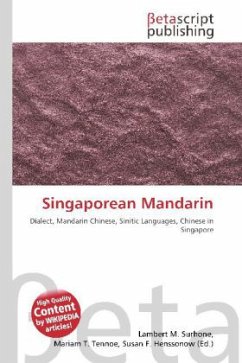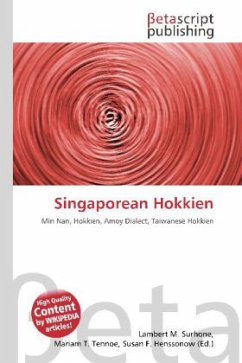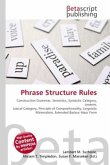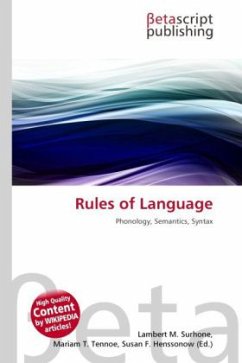Please note that the content of this book primarily consists of articles available from Wikipedia or other free sources online.Singaporean Mahjong scoring rules are similar to that of the Chinese Old Style / Hong Kong system, but accounts for the different set of tiles used therein. The Singaporean Mahjong tile system consists of 148 tiles, and is slightly different from that of other regional Mahjong tile-sets. It therefore follows that the rules of the game somewhat vary from other scoring systems in the region. Points are scored generally from the level of probabilistic difficulty in amassing the winning hand. If monetary rewards (and losses) are involved, it is common that playing parties will agree upon a monetary value awarded to a one point winning hand. Subsequently, for each additional point scored, this value is accordingly doubled. There is a typical maximum scoring limit of five points, though this has to be agreed-upon collectively by the playing parties. This point limit is simply known as limit, and will be used to describe the points awarded by certain tile-combinations from now on. In other words, if we describe a certain tile combination to award the limit, it automatically scores the maximum number of points, as agreed upon before the game.
Bitte wählen Sie Ihr Anliegen aus.
Rechnungen
Retourenschein anfordern
Bestellstatus
Storno








